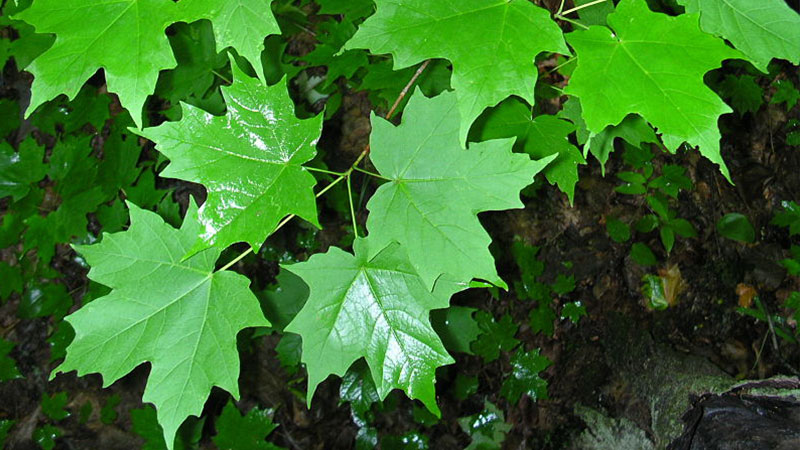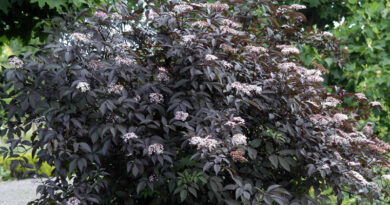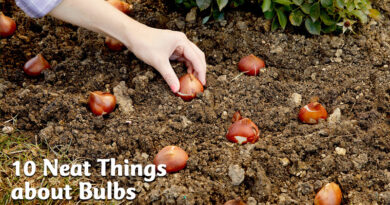10 Native Maples of Canada
The 10 species of maple trees native to Canada have been growing here well before our country was discovered by European settlers. The trees have adapted to local conditions and are much like our nation itself; diverse, hardy and beautiful. Part of the genus Acer, they are also well known for their glorious fall foliage.
Sugar maple (Acer Saccharun)
Sugar maples are often referred to as hard or rock maples and can grow over 100-feet-tall with a dense canopy 35-to-50-feet- wide. This eastern species is the primary source of maple syrup and sugar and can be found from Nova Scotia to Manitoba. Maple syrup is so sought after as it takes 40 to 50 litres of sap to make a mere litre of syrup. A healthy sugar maple can live for over 400 years and is an important part of our hardwood forests. They are the most shade tolerant and are native to cooler climates. Unfortunately, they are much more susceptible to pollution than other maple species.
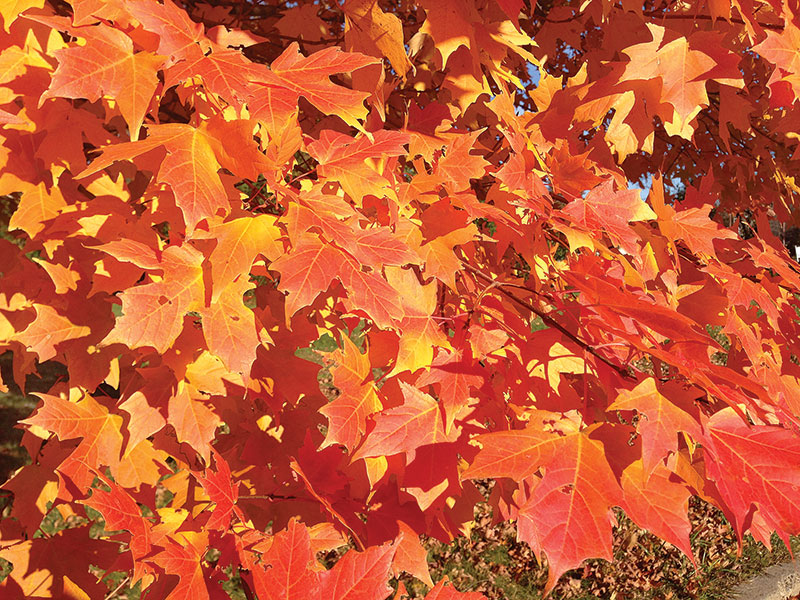
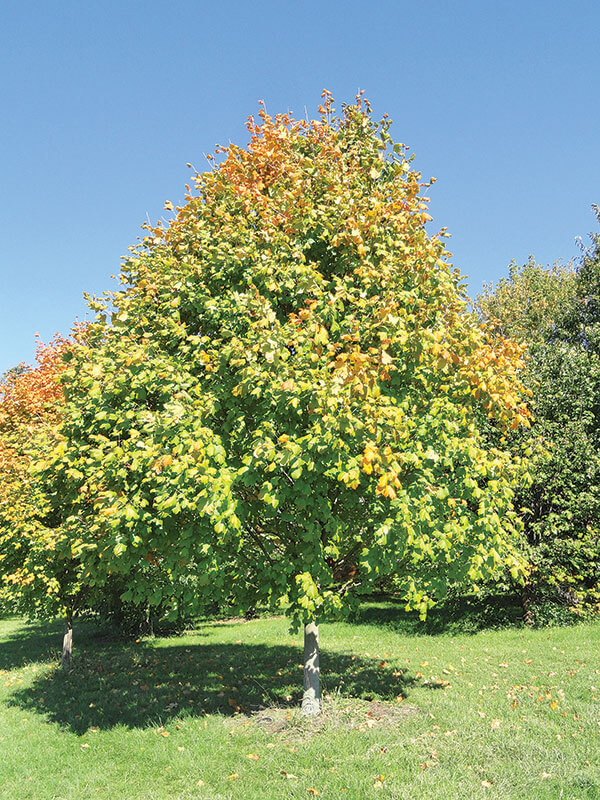
Black maple (Acer nigrum)
This variety is found mostly in southwestern Ontario and is closely related to the sugar maple, which it often hybridizes with in the wild. A hardwood variety, it can also be tapped for syrup or used as timber. Black maples have three-lobed leaves.
Bigleaf maple
(Acer macrophyllum)
Named after its distinctive large leaves, which can span 6 to 12 inches in diameter. The bigleaf maple is native to western North America and found in riparian hardwood forests mixed with evergreens and oaks. Also known as the Oregon maple, the bark of this species retains moisture when grown in a humid environment and will often be found covered with epiphytic mosses and ferns.
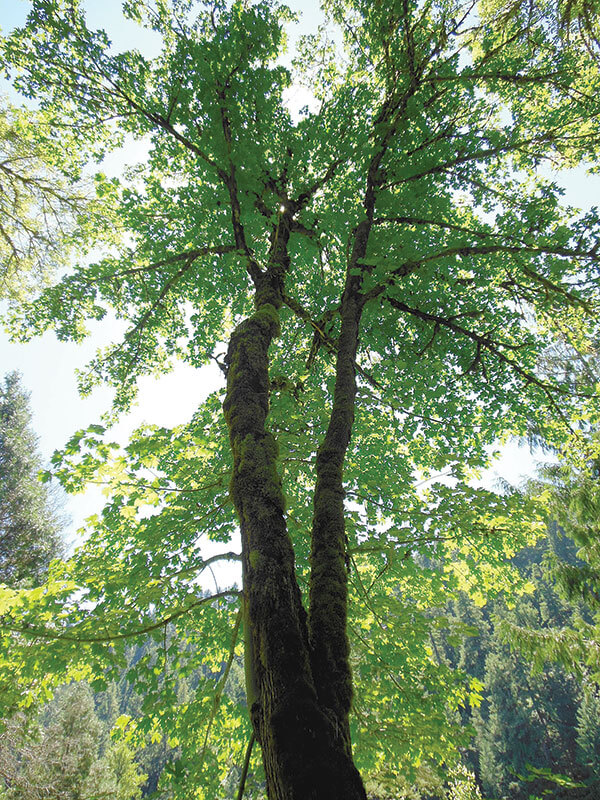
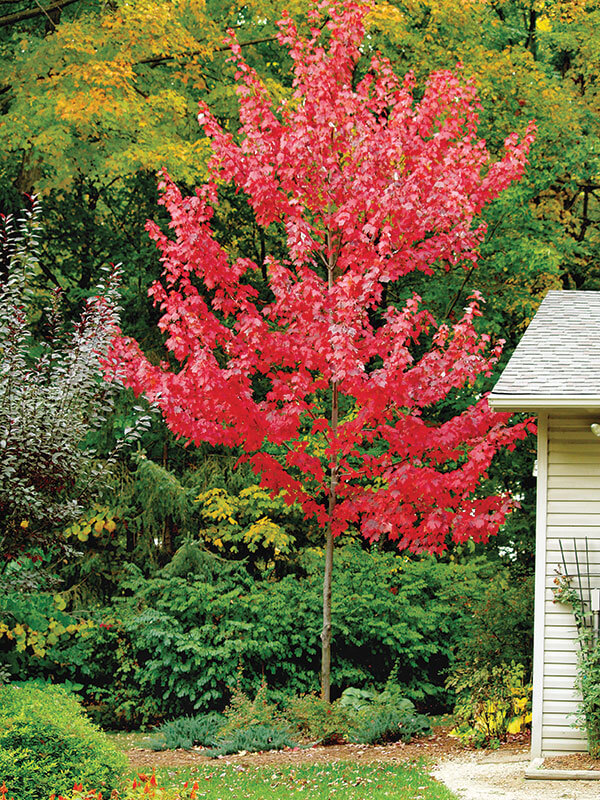
Red maple
(Acer Rubrum)
This tree is often referred to as a swamp maple and has soft wood. It is a common variety in eastern Canada. It can be promiscuous, hybridizing with silver maple and creating several different varieties in the wild. Trees can reach heights of 40-to-60 feet and have a spread of 25-to-35 feet. Specimens over 100-feet-tall have been recorded.
Silver maple
(Acer Saccharinum)
Native to southwestern Ontario the silver maple can now be found across the country as it is often planted as a shade tree. Trees grow 50 to 70 feet tall and offer thick canopies, 35 to 50 feet in diameter. Dark leaves have a fuzzy silver underside shimmer in the wind. Roots of this variety are quite shallow and therefore it should not be planted near homes as roots have been known to buckle sidewalks and foundations.
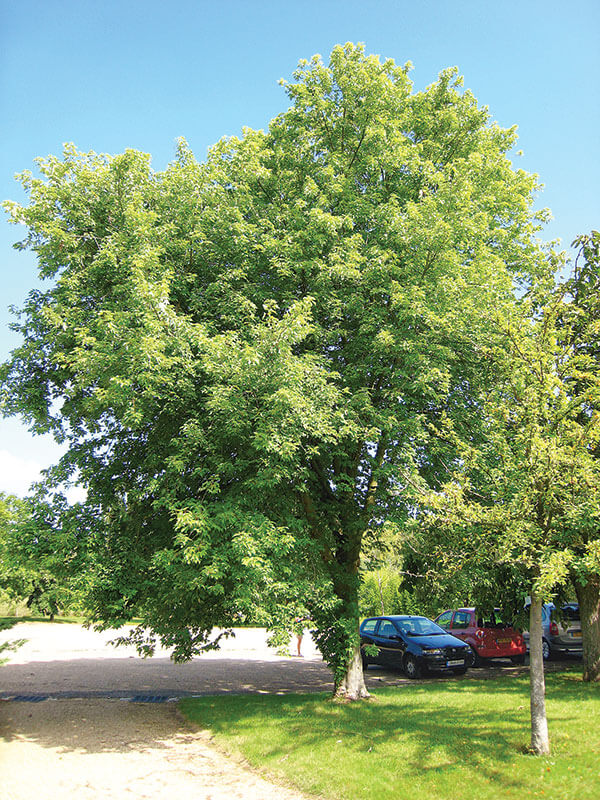
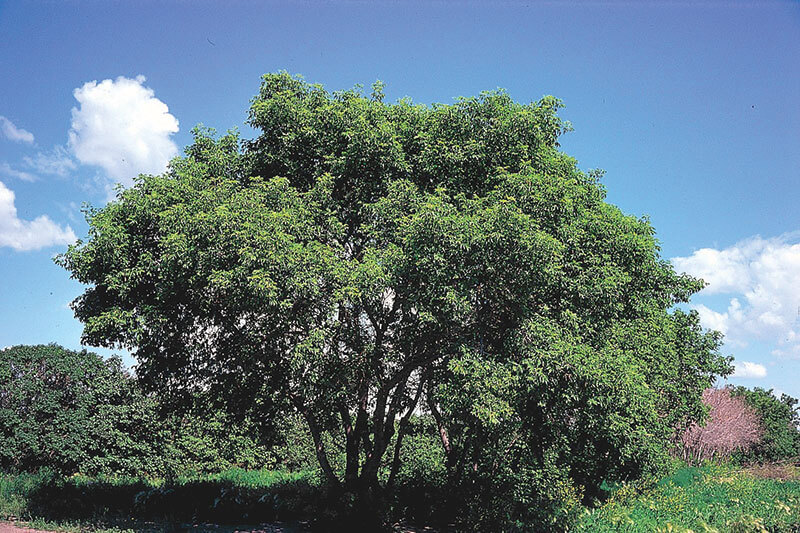
Manitoba maple
(Acer negundo)
Also known as the box-elder or ash leaf maple, the softwood Manitoba maple is a quick growing but short-lived hardy prairie tree. Manitoba maple is adaptable to seasonally flooded areas, riverbanks and can tolerate dry soils. These attributes as make it ideal for use in shelterbelts and riverbank stabilization. This is the only maple with a compound leaf that resembles an ash leaf. They can be tapped for syrup.
Mountain maple
(Acer spicatum)
This native maple is one of the most widespread and is found across the country. Mountain maple generally serves as an understory in forested areas, usually as a shrub or small tree. It grows best in the well-drained moist soils of streams, ravines and hillsides.

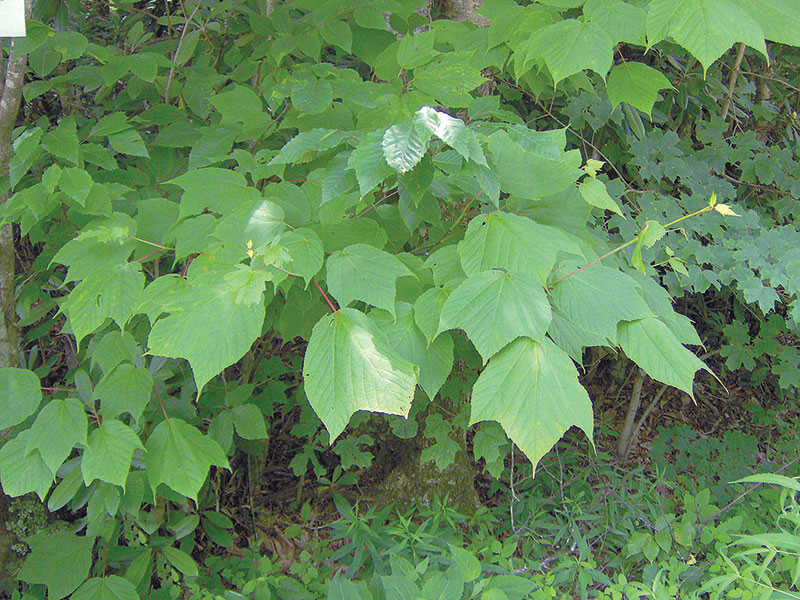
Striped maple
(Acer pensylvanicum)
The striped maple is also a shrubby understory shrub or small tree that received its name from its smooth green bark with whitish stripes which help it photosynthesize more efficiently in the shade. It is often referred to as moosewood or moose maple because it is a favoured treat for moose and deer. It’s large, wide leaves have only three main lobes, and it is commonly found in Central Ontario in full to partial shade.
Douglas maple
(Acer glabrum)
Found throughout British Columbia and parts of Alberta this shrub like maple is also called the Rocky Mountain maple as it grows on mountainsides and avalanche areas. The shrub or small trees trunk will often divide into smaller limbs, and it can grow between 22-to-32 feet tall. A softwood maple it was used extensively by First Nations people to make snowshoe frames, bows, fishing hoops, saddle frames and headdresses. Gardener’s plant it as an ornamental due to its pretty fall colours and smaller size.
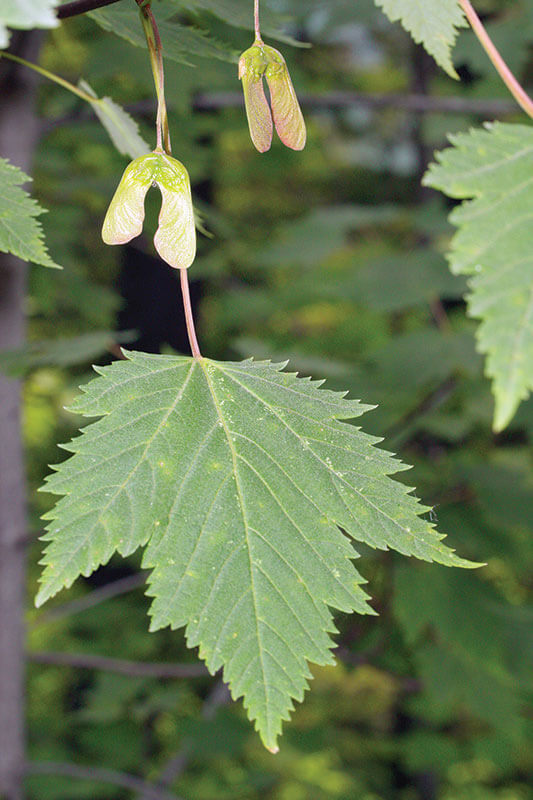
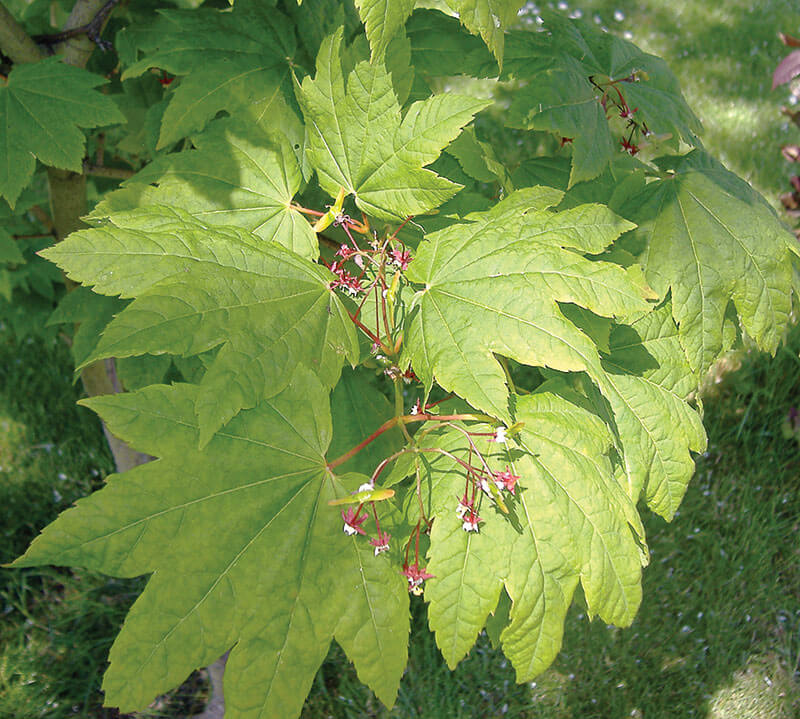
Vine maple
(Acer circinatum)
This sprawling, shrubby tree grows mainly as an understory and is another favoured treat for deer, elk and goats. One of its most attractive attributes is its short and crooked trunk with twisted limbs. Trunks can grow almost horizontally or loop over and touch the ground causing the tree to send out a new root system, forming an arch which is anchored by roots at each end.



